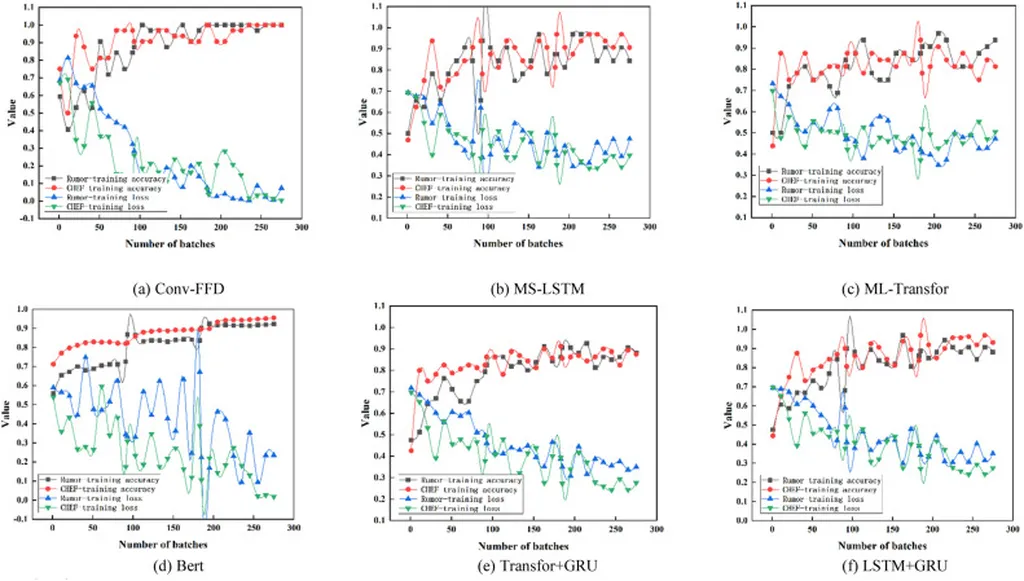In the ever-evolving digital landscape, the proliferation of fake news has become a pressing concern, with significant implications for public opinion and governance. A recent study published in *Scientific Reports* (translated from Chinese as *Nature Scientific Reports*) offers a promising solution to this challenge, with potential ripple effects across various sectors, including energy. The research, led by Ying Lu from Xi’an International University, introduces a sophisticated deep learning model designed to detect fake news with unprecedented accuracy and efficiency.
The model, which integrates residual networks with attention mechanisms, represents a significant leap forward in the field of multimodal data analysis. By combining text, images, and videos, it extracts key features and aligns information across different data types, enhancing the detection process. “Our model not only deepens the network architecture but also mitigates the vanishing gradient problem, improving learning depth and stability,” explains Lu.
The implications for the energy sector are profound. In an industry where misinformation can lead to market volatility, regulatory challenges, and public mistrust, accurate and efficient fake news detection is crucial. For instance, false reports about energy shortages, price manipulations, or environmental impacts can have immediate and far-reaching consequences. This model could help energy companies, regulators, and policymakers swiftly identify and mitigate the spread of misleading information, ensuring a more stable and transparent market.
The model’s performance is impressive, achieving best-case values of 0.977 for accuracy, 0.986 for precision, 0.969 for recall, and 0.924 for the F1 score. These metrics outperform existing baseline models, including BERT, RoBERTa, XLNet, ERNIE, and GPT-3.5. Moreover, the model demonstrates robustness, generalization ability, and computational efficiency, making it suitable for real-world applications.
“Our model maintains strong stability and adaptability under data perturbations and diverse input conditions,” Lu adds. “It also shows significant computational advantages when handling large-scale datasets, with a response time controllable within 0.02 seconds.”
The study’s findings, published in *Scientific Reports*, offer valuable theoretical insights and practical guidance for applying deep learning to public opinion governance and text classification. As the energy sector continues to navigate the complexities of digital communication, this research could shape future developments in ensuring the integrity of information, ultimately fostering a more informed and resilient industry.
In a world where information is power, the ability to detect and mitigate fake news is not just a technological advancement but a strategic imperative. Lu’s research underscores the potential of deep learning to transform how we manage and trust information, paving the way for a more secure and transparent future.

